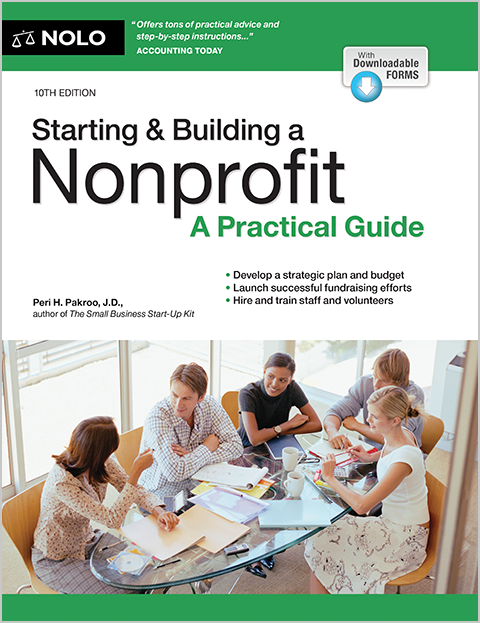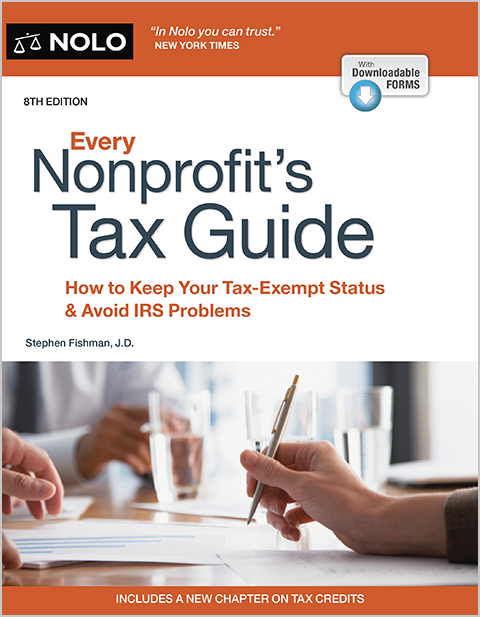Learn how to grow your nonprofit with board committees.
Nonprofit boards use committees as an effective way to manage the board's responsibilities. By delegating tasks to small groups of people who can meet outside of board meetings, the nonprofit's business can be handled quickly and efficiently. Board committees can be set up to be ongoing ("standing") or can exist for a limited time ("ad hoc"); and can include board directors, non-directors, or both. If your board does not have enough time to fully discuss issues at board meetings, or you want to encourage input from members of your community, consider forming one or more committees.
When to Create a Committee
You can run a nonprofit without committees—in fact, many new and small organizations handle all of the organization's affairs at their regular meetings. But nonprofit boards have the freedom to create (or forgo creating) committees at any time. You might consider forming a committee for one or more of the following reasons:
- Trying out potential new directors. Board recruits can serve on committees before committing to full board membership, which gives the board a chance to work with the potential new director, and allows candidates to learn more about the organization.
- Training for new directors. Committee involvement allows new directors time outside of board meetings to get up to speed on the nonprofit's operations.
- Making the most of directors' skills and experience. You can assign directors to committees based on their areas of expertise, like marketing or fundraising.
- Dedicating more time to an issue. Committees meet outside of board meetings and focus on a single topic.
- Avoiding board burnout. Boards have a great deal of responsibility, and it can help to delegate some tasks to committees to reduce the burden on the board.
Standing Committees
Standing committees (also known as operating committees) are open-ended committees that address ongoing or procedural issues. Typically, the board establishes standing committees in the organization's bylaws. As a result, creating and dissolving a standing committee takes a bit more effort than an ad hoc committee, so you should create standing committees only for long-term issues. Common standing committees include:
- board development (including board nominations and new director training)
- executive committee (a mini-board that meets between regular meetings, and includes only officers and the executive director)
- finance
- fundraising
- marketing
- personnel, and
- program development.
Ad Hoc Committees
Nonprofits can also have ad hoc committees, also known as task forces, which the board establishes to accomplish a particular goal. After the goal is complete, the committee dissolves. Examples of ad hoc committees include:
- executive director search
- research (on an issue the board is considering, such as market research for a new program)
- special event planning, and
- strategic planning.
Advisory Committees
Advisory committees, also known as advisory boards, are composed of individuals who do not serve on the board. An advisory committee is a helpful tool for nonprofits that want more input from their community, and they provide an opportunity for individuals to get involved in the organization without committing to board membership. Organizations that serve youth groups sometimes create advisory committees to get input from minors who do not qualify for board membership. Like other committees, advisory boards can be standing or ad hoc.
Who Serves on Committees?
Committees can include board directors and non-directors, including employees and individuals from the community. Executive directors commonly serve on one or all committees, often as "ex officio" (which means they can provide input, but do not have a vote).
The board will appoint directors to serve on committees, typically based on each director's availability, interests, and expertise. Be careful to not overwhelm directors by asking them to serve on more than one or two committees at a time, as committee work takes additional time outside of regular board meetings.
Authority of Committees
The board will decide whether committees have the power to bind the nonprofit to decisions, such as entering into a contract. Typically, committees make recommendations to the board, and only the board can approve decisions. However, standing executive committees (which include only officers and the executive director) commonly have the authority to decide on some issues but not others. For example, executive committees typically can't amend the bylaws but could approve a new insurance policy. The board can include the rules of authority in the bylaws, the committee charter (see below), or both.
How to Create Committees
The board is responsible for creating committees and determining their purpose and structure. Review your bylaws to determine how to create a committee. If you want to create one or more standing committees, you might need to amend your bylaws (to learn how to amend your bylaws, see our article How to Amend Nonprofit Bylaws). Unless the bylaws state otherwise, the board can simply agree to create an ad hoc committee without amending the bylaws.
The board can create committee charters for all new committees. The charter can include helpful information for committees such as:
- the purpose of the committee
- the composition (the number of directors and non-directors)
- designation of committee chair
- frequency of meetings
- authority (which decisions need full board approval); and
- duties and responsibilities of committee members (such as reporting requirements).
Share the committee charter with all members of the committee, and store it with your corporate records.



